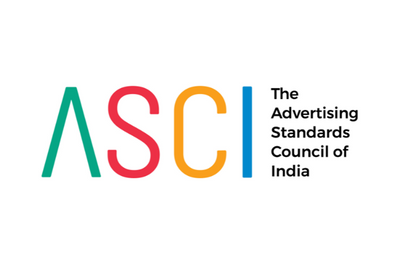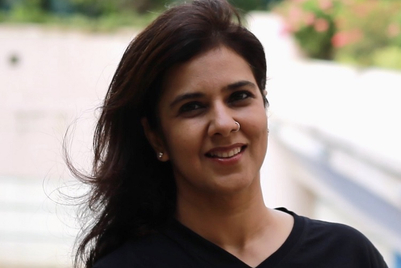The Advertising Standards Council of India (ASCI) has laid down new guidelines for influencer advertising across digital.
ASCI believes that it is criticial that consumers are able to distinguish between something that is promoted with an intention to influence consumers' opinion or behaviour for an immediate or commercial gain. It defines an influencer as someone who has access to an audience and the power to affect audience's purchasing decisions or opinions about a product, service, brand or experience, because of the influencer's authority, knowledge, position, or relationship with their audience.
ASCI states that the responsibility of the disclosure is upon the influencer or publishing account on which the advertisement is published, as well as the advertiser for whose brand the advertisement is.
Currently label options like '#ad', '#collab', '#promo', '#sponsored', '#partnership' have to be used when an influencer publishes content for a brand. The ASCI will be periodically reviewing new labels that become popular or recognised by an average consumer, as a way to connote promotional communication.
-
On Instagram, the disclosure label has to be included in the text that shows. If only the image/video (Reels, Stories) is seen, the image/video itself must include the label.
-
On Facebook, the disclosure label must be added in the title of the entry or post. If only the image/video is seen, the image/video itself must include the label.
-
On Twitter, the disclosure label or tag must be included at the beginning of the body of the message as a tag.
-
On Pinterest, the disclosure label has to be added at the beginning of the message.
-
On YouTube and other video platforms, the label has to be added in the title/description of the post.
We caught up with Manisha Kapoor, secretary general, ASCI to learn more about the new codes. Edited excerpts:
The whole idea of influencer marketing was to sometimes push a brand's agenda without stating it as an ad - how will this rule affect the industry?
This trend is the very reason why some people may feel misguided by advertisements. The advertising format of influencers is different from the regular advertising formats and often commercial messages are woven into editorial-like content. The consumer has a right to know when they are being served a commercial promotion. Hence, brands and influencers should maintain complete transparency to not mislead consumers. ASCI is trying to protect consumer interest by guiding influencers to be more responsible. India’s influencer marketing industry is $75-$115 million, according to an Adlift report, which means that it reaches a significant number of consumers now and we are trying to channelise the energies of brands and influencers towards responsible advertising.
We see plenty of users on social media tag places/products when they test them out - how will ASCI differentiate between organic posts and ones that are promoting the place/product?
The guidelines formulation has been a collaborative exercise with platforms, brands as well as members from the influencer industry. The guidelines provide a framework to differentiate organic posts from sponsored ones. Transparency and disclosure are what is at the core. We believe these guidelines will help make the influencer advertising industry more responsible and robust.
If a violation is found - who will the onus fall more on - the brand or the influencer? And what are the consequences?
In case of a violation, the onus is jointly on the influencer as well as the brand.
Since it is a vast universe, how do you plan on enforcing these guidelines?
We are a self-regulatory body and compliance rates with our decisions are well over 90%. So, the lack of punitive powers is not really an issue, neither is it our approach. We want to educate both brands and influencers through these guidelines. We are working closely with government bodies and helping members to work within the legal framework as well. Influencers are an important part of the advertising ecosystem now. So, they should be aware of best practices on being responsible and protecting consumer interest.
What was the need to implement these guidelines now?
The influence of influencers is rapidly growing and becoming mainstream. The industry is expected to continue its rapid growth and will boom in the coming years. It is important to introduce clear guidelines for honest and transparent advertising by this industry. ASCI teamed up with influencer management agency Big Bang Social to get views from India’s leading digital influencers as well as several other stakeholders to frame these guidelines,



.jpg&h=334&w=500&q=100&v=20250320&c=1)
.jpg&h=334&w=500&q=100&v=20250320&c=1)



.jpg&h=334&w=500&q=100&v=20250320&c=1)
.jpg&h=334&w=500&q=100&v=20250320&c=1)


.jpg&h=334&w=500&q=100&v=20250320&c=1)








